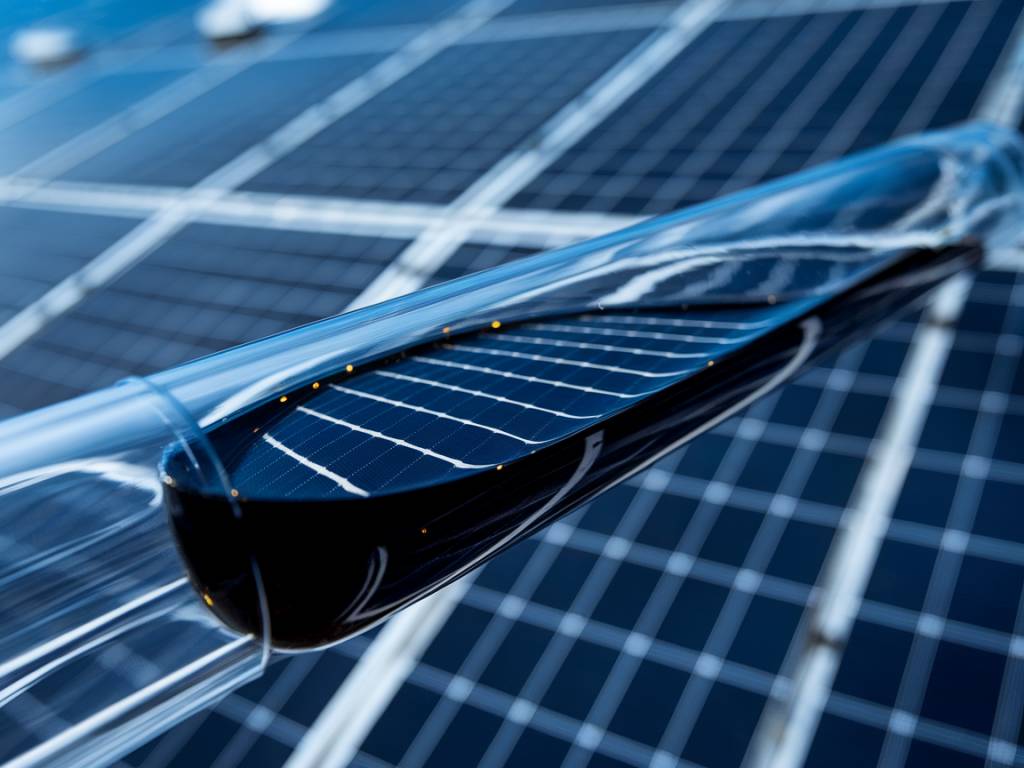Rewetting the Planet: Wetlands as Nature’s Climate Warriors
When we think of climate solutions, our minds often leap to wind turbines, electric vehicles, or carbon capture technologies. But what if one of the most powerful tools to fight climate change had been quietly working beneath our feet all along? Enter wetlands — ecosystems so underestimated and yet so crucial, we should be paying far more attention to their potential.
From coastal marshes to inland peatlands, wetlands are among the most effective carbon sinks on Earth. Restoring and preserving them isn’t just about protecting biodiversity or preventing floods—though they do that marvelously—it’s also a high-impact, low-tech solution to reducing greenhouse gas emissions.
What Are Nature-Based Solutions Anyway?
Nature-based solutions (NbS) refer to actions that work with rather than against nature to address environmental, social, and economic challenges. When designed well, they provide multiple co-benefits, including cleaner air and water, improved community resilience, and yes—climate mitigation. Wetland restoration is a prime example of NbS in action.
Think of NbS as the antidote to siloed thinking. Instead of opting for single-purpose infrastructure or complex engineering fixes, NbS allow ecosystems to do what they’ve been perfectly adapted to do for millennia: regulate, buffer, filter, and balance Earth’s systems.
Wetlands: The Carbon Custodians We Forgot
Despite covering only about 6% of the Earth’s surface, wetlands store approximately 30% of global soil carbon. That’s a staggering figure. Unlike forests, which store carbon mainly in their biomass, wetlands accumulate organic matter in water-logged, oxygen-poor soils where decomposition is drastically slowed. The result? Layers upon layers of locked-away carbon, sometimes dating back thousands of years.
But here’s the twist: when wetlands are drained for agriculture, development, or resource extraction, that stored carbon is released back into the atmosphere as CO₂ and methane. In fact, degraded wetlands are responsible for nearly 5% of global greenhouse gas emissions. The math is simple: restoring them reverses this trend — fast.
Real-World Examples of Wetland Restoration
Let’s move from theory to action. Across the globe, wetland restoration projects are proving their worth, both ecologically and economically.
The Netherlands: In a country that practically invented land reclamation, Dutch scientists are now flipping the script. The « Wetlands International » project in Noordward has transformed thousands of hectares of drained land back into freshwater marshes. The benefits? Enhanced flood resilience, renewed wildlife habitats, and the prevention of CO₂ release from drying peat soils.
Indonesia: As one of the largest peatland-rich countries, Indonesia is ground zero in the battle to protect wetland carbon. After devastating peat fires in 2015 released nearly two billion tons of CO₂, the government launched its Peatland Restoration Agency. With over two million hectares targeted for rewetting, this is NbS on a national scale.
United States: Closer to home, the Louisiana Coastal Protection and Restoration Authority has restored over 70,000 hectares of wetlands in an effort to counter rising sea levels and storm surges. These rehabilitated ecosystems not only buffer hurricanes but also offer local communities jobs and sustenance through strengthened fisheries.
Beyond Carbon: Wetlands’ Multiplier Effect
Restoring wetlands doesn’t just tick the « climate box. » It’s a classic case of “many birds, one stone.” Consider the cascade of benefits:
- Flood control: Wetlands act as natural sponges, soaking up excess rainwater and reducing the severity of floods in downstream communities.
- Clean water: They filter pollutants and sediments, enhancing water quality in rivers, lakes, and aquifers.
- Biodiversity: Wetlands are home to an astonishing diversity of life, from migratory birds to endangered amphibians. Restoring them safeguards entire food webs.
- Livelihoods: Rehabilitated wetlands can support sustainable agriculture (e.g., paludiculture), fishing, and eco-tourism, proving that conservation and commerce aren’t mutually exclusive.
The ecological return on investment here is through the roof.
The Science Backing Wetlands as Climate Solutions
Studies consistently show the tremendous carbon sequestration potential of wetlands. For instance, intact peatlands sequester carbon at rates up to 10 times higher than temperate forests. A 2020 meta-analysis published in Nature Climate Change highlighted that rewetting peatlands can halve global emissions from land use change.
What’s more, according to the Intergovernmental Panel on Climate Change (IPCC), wetland restoration is one of the top five most cost-effective natural climate solutions available today, largely due to relatively low implementation costs and high carbon storage efficiency.
Wetland Restoration: It’s Not Always Straightforward
Of course, there are caveats. Wetland projects must be guided by sound ecological principles and local knowledge. Not all wetlands are created equal—some emit short-term bursts of methane upon rewetting. Others might conflict with farming interests or community land rights. That’s why stakeholder engagement is critical.
Smart restoration means:
- Mapping historical hydrology and respecting natural water flows.
- Prioritizing native vegetation that can thrive in changing climates.
- Embedding community voices from the planning stages onward.
As Alex Morel often reminds us on The Green Magazine: The green transition succeeds when it’s inclusive, precise, and rooted in science.
How You Can Support Wetland Protection
You don’t need to be a conservation biologist or a policymaker to make a difference. Here’s how individuals can get involved:
- Support organizations: Contribute to NGOs like Wetlands International or The Nature Conservancy, which lead restoration efforts globally.
- Adopt responsible travel habits: Eco-tourism in wetland-rich areas helps fund preservation while raising awareness.
- Stay politically engaged: Advocate for wetland-friendly policies. In many regions, this means pushing back against draining, development creep, or deregulation.
- Choose sustainable products: Some agricultural and peat-based products contribute to wetland degradation. Support alternatives where possible.
And don’t underestimate the power of starting local: your nearest wetland might be a nature reserve away — and it likely needs allies like you.
What’s Next for Wetlands in Climate Action?
We’re at a critical tipping point. According to the Ramsar Convention on Wetlands, we’ve already lost 35% of the world’s wetlands since 1970. That’s not just an environmental tragedy, it’s a climate liability.
But the tide can turn. With scaling efforts like the UN Decade on Ecosystem Restoration (2021–2030), governments and communities are being urged to mainstream nature-based solutions. Wetlands, in particular, offer an unparalleled opportunity to both mitigate and adapt to a warming world—without waiting on what the next generation of tech might deliver.
Let’s be clear: restoring wetlands won’t solve climate change alone. But in a toolkit of solutions, they rank among the smartest, most scalable, and most symbiotic with life on Earth. Perhaps it’s time to start seeing swamps not as wastelands, but as the lungs of our planet’s future.
And yes, we may get our boots muddy along the way — but isn’t a healthier, cooler planet worth a little dirt?



